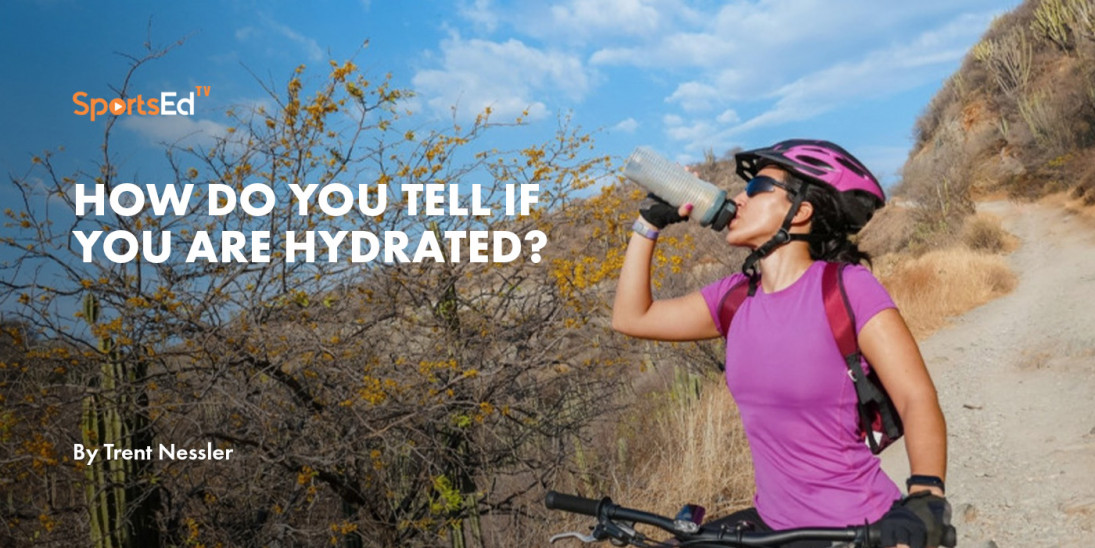Nutrition, Health
Welcome and thanks for visiting...

What is BMI?

Body mass index (BMI) is a number derived from the mass (weight) and height of a person. The BMI is defined as the body mass divided by the square of the body height, and is expressed in units of kg/m2, resulting from mass in kilograms and height in meters.
Although your BMI does not actually “measure” your percentage of body fat, it is a useful tool to estimate a healthy body weight based on your height. Due to its ease of measurement and calculation, it is the most widely used diagnostic indicator to identify a person’s optimal weight depending on his height. Your BMI “number” might inform you if you are underweight, of normal weight, overweight, or obese. However, due to the wide variety of body types, the distribution of muscle and bone mass, etc., it is not appropriate to use this as the only or final indication for diagnosis.
BMI for adults
BMI table
This is the World Health Organization’s (WHO) recommended body weight based on BMI values for adults. It is used for both men and women, age 18 or older. The Body mass chart for adults and the body mass chart for children is different. This is because body mass index is accounted differently based on age and growth spurts. Here is the Body Mass Index Chart for women and for men that are 18 and older:
| Category | BMI range - kg/m2 |
| Severe Thinness | < 16 |
| Moderate Thinness | 16 - 17 |
| Mild Thinness | 17 - 18.5 |
| Normal | 18.5 - 25 |
| Overweight | 25 - 30 |
| Obese Class I | 30 - 35 |
| Obese Class II | 35 - 40 |
| Obese Class III | > 40 |

BMI for children
BMI is interpreted differently for children and teens even though it is calculated with the same formula. Due to changes in weight and height with age, as well as their relation to body fatness, BMI levels among children and teens are expressed relative to other children of the same sex and age. These percentiles are calculated from the CDC growth charts, which were based on national survey data collected from 1963-65 to 1988-944.
Obesity is defined as a BMI at or above the 95th percentile for children and teens of the same age and sex. For example, a 10-year-old boy of average height (56 inches) who weighs 102 pounds would have a BMI of 22.9 kg/m2. This would place the boy in the 95th percentile for BMI, and he would be considered to have obesity. This means that the child’s BMI is greater than the BMI of 95% of 10-year-old boys in the reference population.





